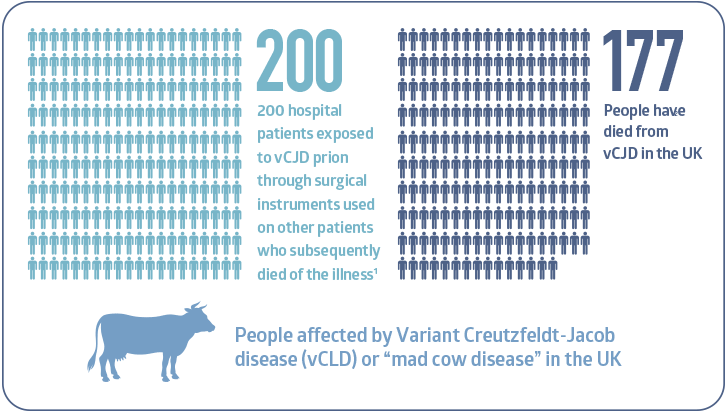Life-saving
Simply put, would you want someone else’s human remains inside your body?
Extreme as it sounds, there are some things which chemical or cleaning methods may not be able to completely remove. Abnormal proteins associated with rare prion diseases, such as vCJD, are not living organisms and are resistant to all conventional methods of decontamination. This means that when difficult to clean instruments are reused, proteins can potentially pass on to the patient and have adverse effects.

SSI figures
Any healthcare facility has a duty of care to its staff and patients to minimise the risk of infection. By disposing of an instrument after one use, many instances of infection are prevented, thereby minimising NHS costs, potential litigation and mortality rates.

Currently, there are not disposable equivalents for all medical instruments, yet with knowledge of the benefits increasing, single-use products have the potential to offer reliable alternatives for many reusable products.
Based on 8.6 million surgical procedures in the UK per annum, an infection rate of 4.2% and treatment costs of approximately £2,100 per infection, the total costs of surgical site infection (SSI) in the UK is estimated at £758 million per annum2. Research suggests these figures are just the tip of the iceberg.
2 Clinical Services Journal (Sept, 2010) ‘Calculating the cost of SSIs’
